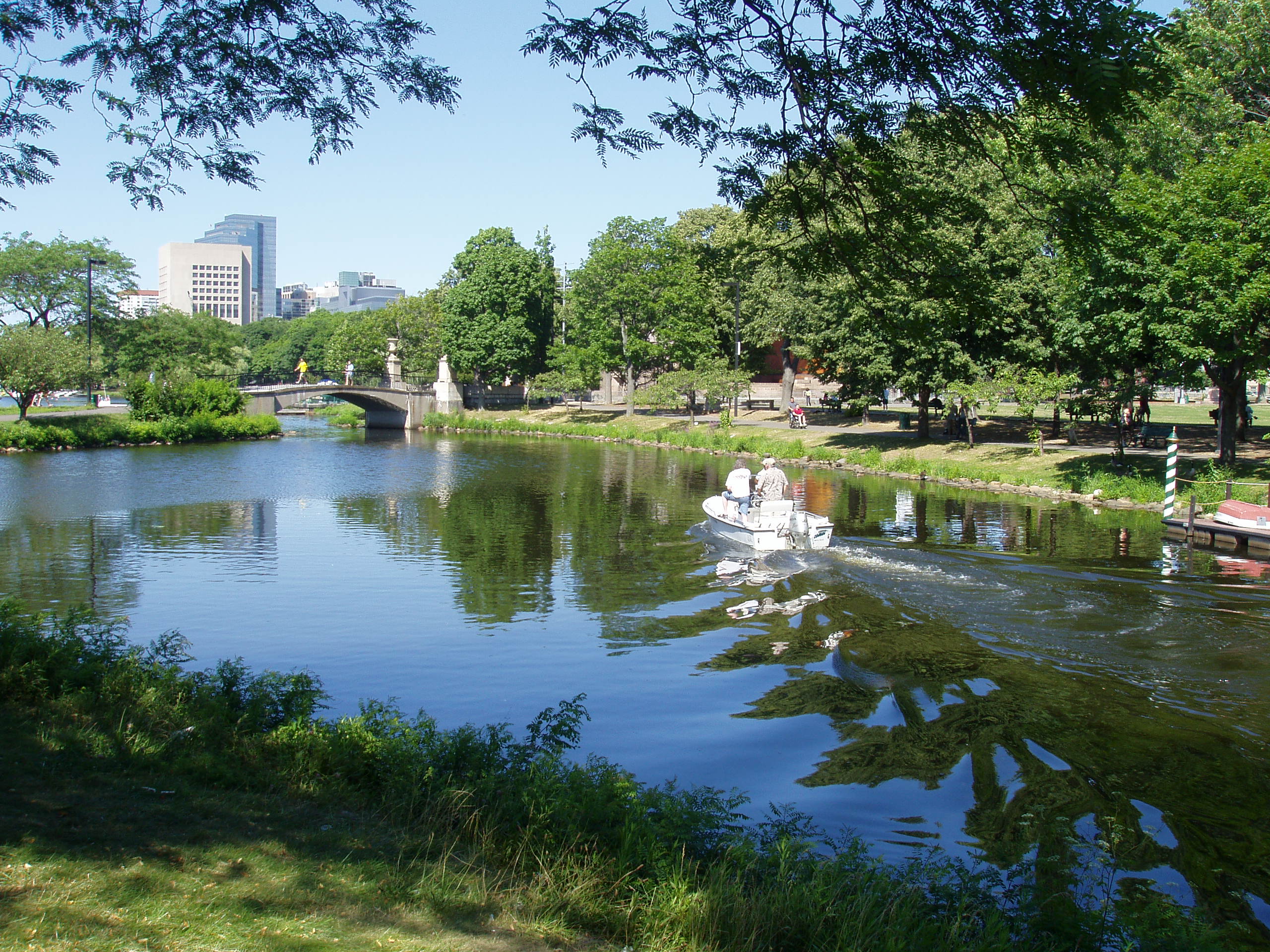Code Green Solutions


Charles River Esplanade, part of the Emerald Necklace in Boston.
“Imagine this design assignment: Design something that makes oxygen, sequesters carbon, fixes nitrogen, distills water, makes complex sugars and foods, changes colors with the seasons, and self-replicates.” —William McDonough, Cradle to Cradle: Remaking the Way We Make Things
Any technology that satisfied this design assignment would amaze us. We would praise it as the latest and greatest advancement toward a sustainable future. Fortunately for us, this assignment has already been satisfied. This quote refers, quite simply, to a tree. We often talk about new discoveries and technologies when we talk about climate action. In doing so, we overlook the most fundamental and efficient systems around us—the ecological ones. Natural ecosystems can not only provide climate benefits, but also make our cities healthier and more livable.
A prime example of this is the Emerald Necklace in Massachusetts, designed by landscape architect Frederick Law Olmsted. The Emerald Necklace is a linear network of parks and open spaces connecting Boston to Brookline. It is praised for giving city dwellers a chance to enjoy a connection to nature, and of course, for its aesthetic beauty.
However, the Emerald Necklace is primarily a water management project meant to control low-lying marshy areas. As HUD Principal Deputy Assistant Secretary Harriet Tregoning says, “Why would you ever build a berm or a levy if a waterfront park would provide the same level of flood and surge protection—but also be useful, beautiful, and place-making every single day?”
The Emerald Necklace harnesses nature for human benefit. There is an intentional focus on preserving and imitating ecological systems in the built environment. This approach falls under the umbrella term “green infrastructure.”
Green infrastructure basics and benefits
Green infrastructure is any practice that uses or replicates natural systems to achieve a desired outcome. This includes green roofs, bioswales and rain gardens. Green roofs replicate meadows to retain water and restore habitats on the top of buildings. Green infrastructure does not exclusively mean vegetation. Permeable surfaces are considered green infrastructure as well, because they handle rainfall the same way natural landscapes do. Green infrastructure looks to nature for advice, restoring and replicating ecological systems to create human benefits.
This may seem obvious, but it is a radical departure from our dominant approach to infrastructure (often called “grey infrastructure”). To understand the difference, let’s consider stormwater. Grey infrastructure is designed to quickly divert water. This approach views water as a hazard to be swiftly dealt with.
With green infrastructure, water is a resource. It is valuable for keeping landscapes and waterways healthy. With green infrastructure, climate challenges are reframed as opportunities. Green infrastructure not only reduces the load on aging grey infrastructure, but also provides opportunities to nourish plants and provide drinking water. Sounds pretty good, doesn’t it?
Wait, there’s more! The benefits of green infrastructure are numerous and multifaceted. Green infrastructure helps solve city challenges:
When planning for the cities of the future, let’s make sure not to overlook green infrastructure—it’s Mother Nature’s own high technology, with so many benefits for us to enjoy.
Stay tuned for more articles exploring current practices, best practices and GBCI’s toolbox for green infrastructure development, including SITES, LEED, Parksmart and more.